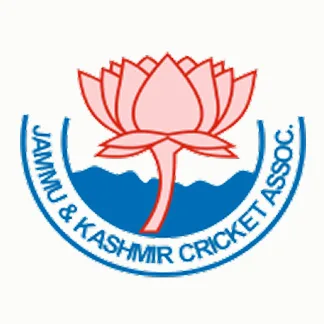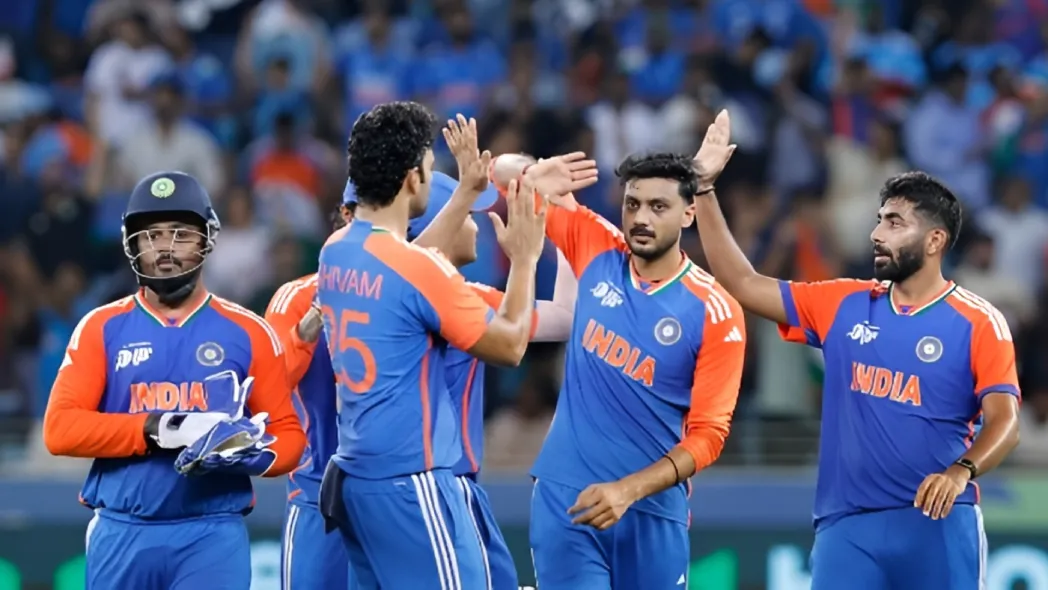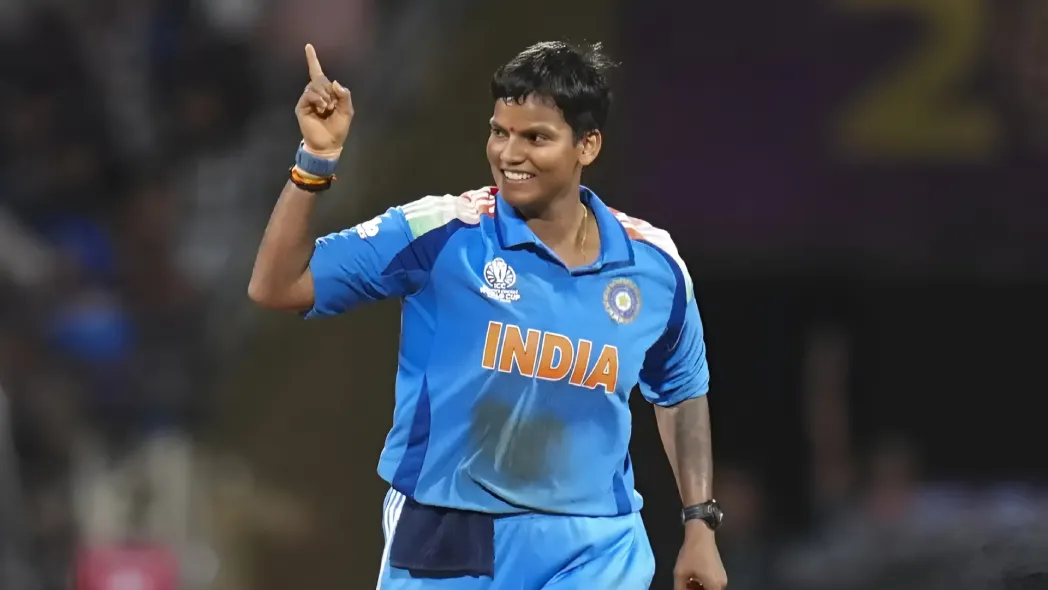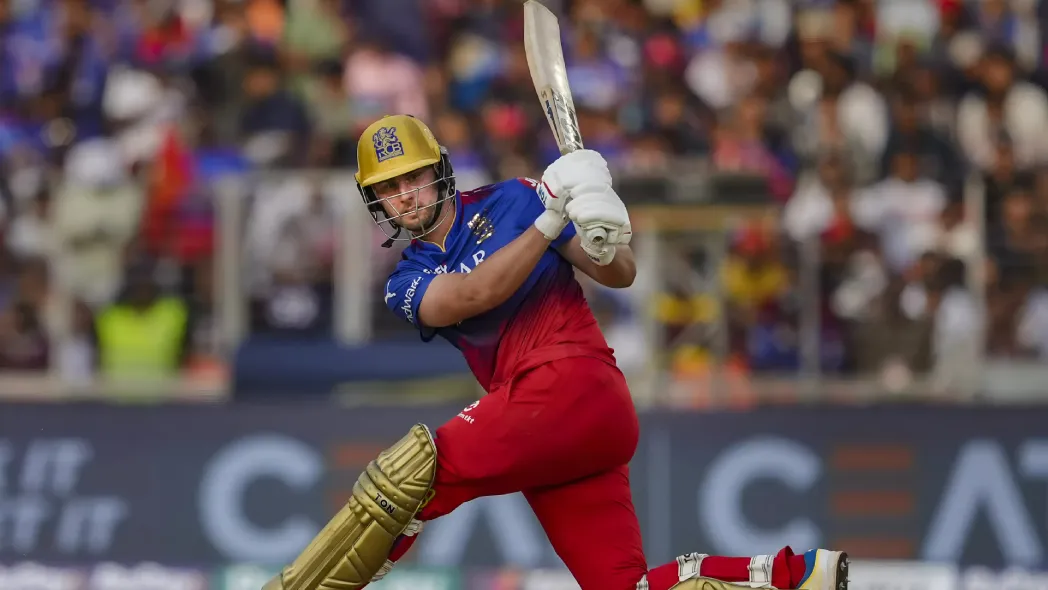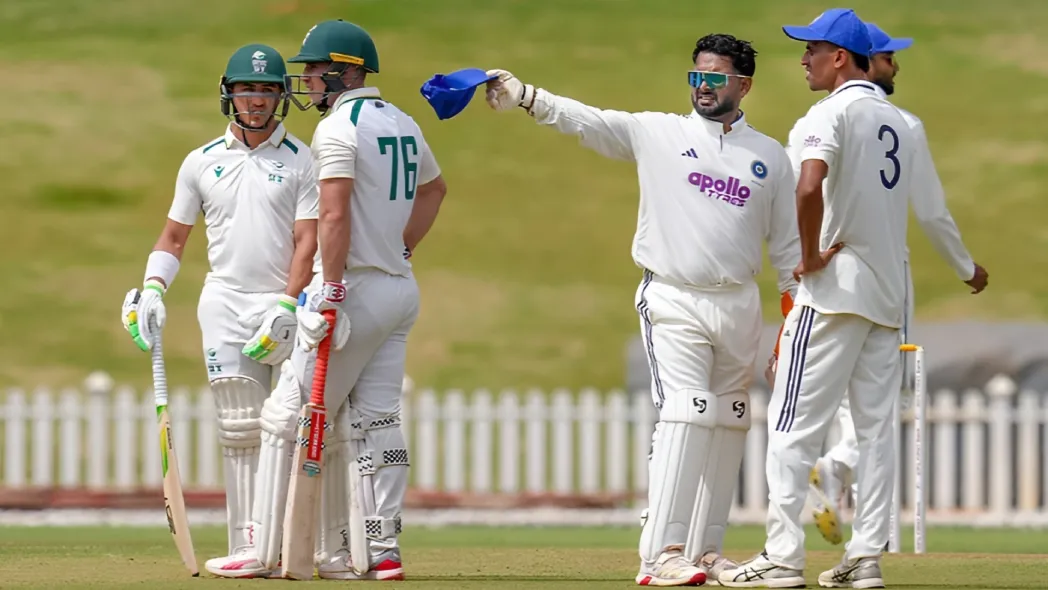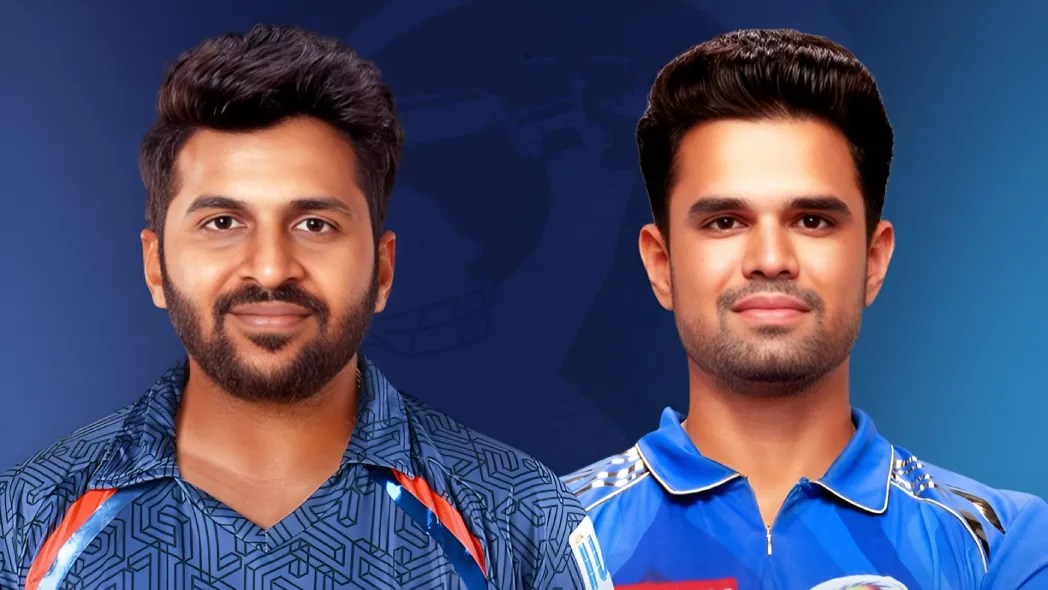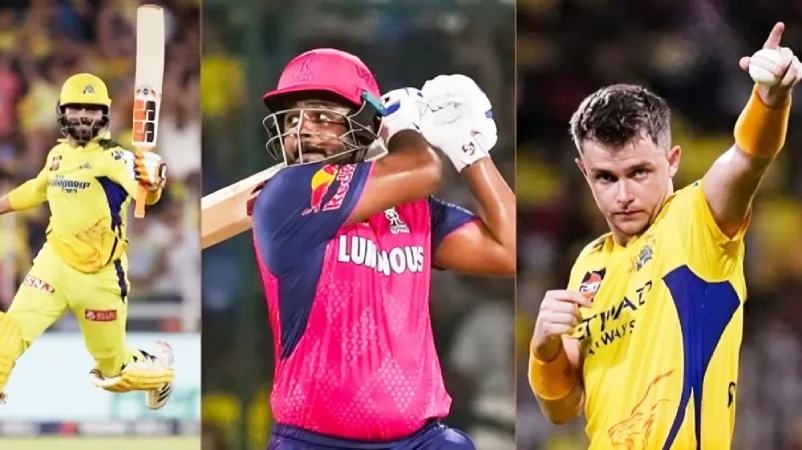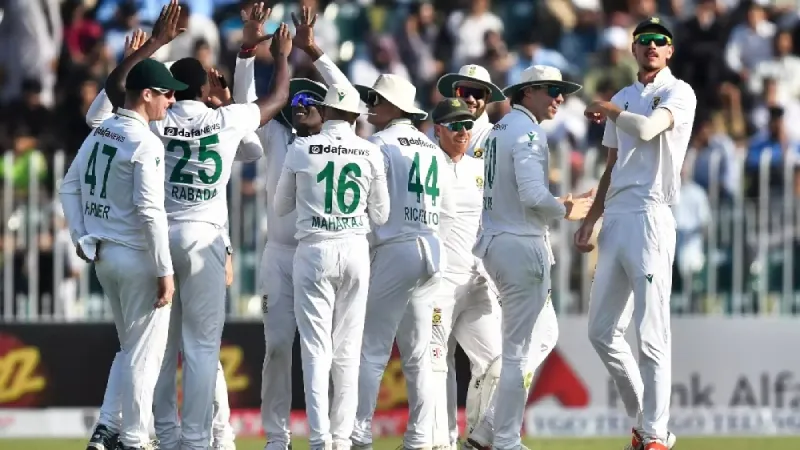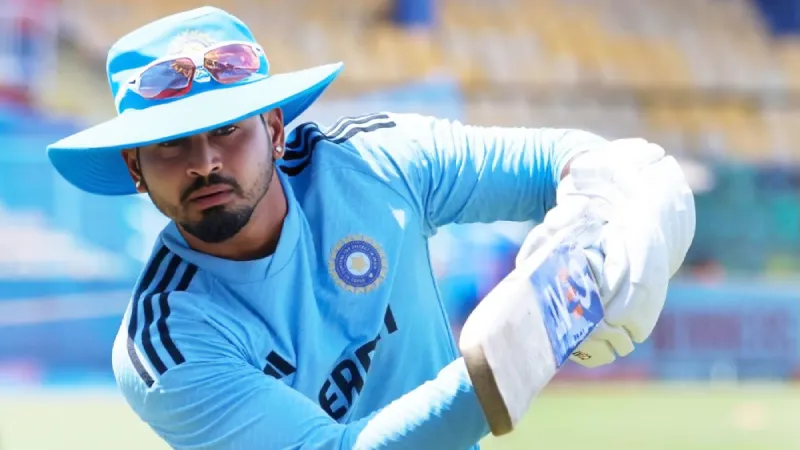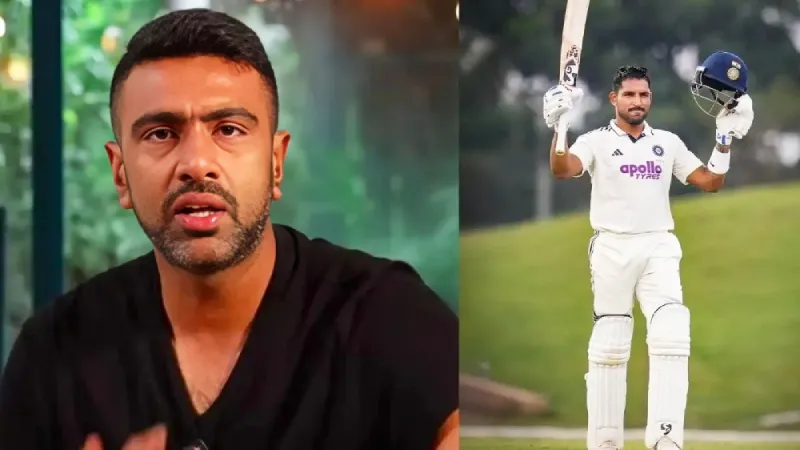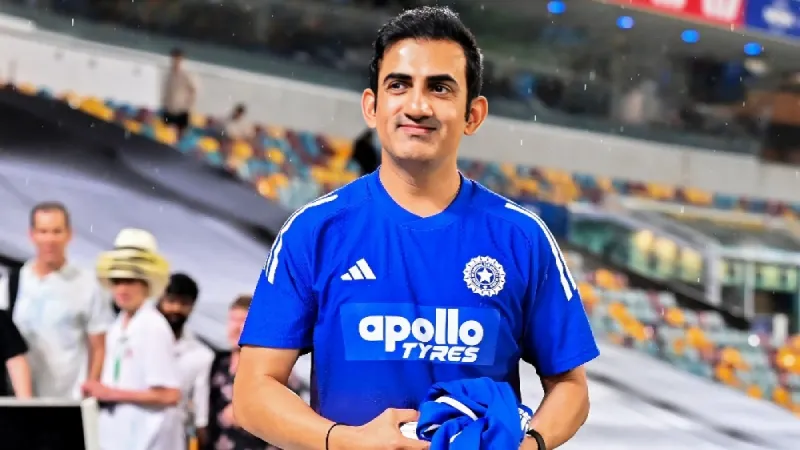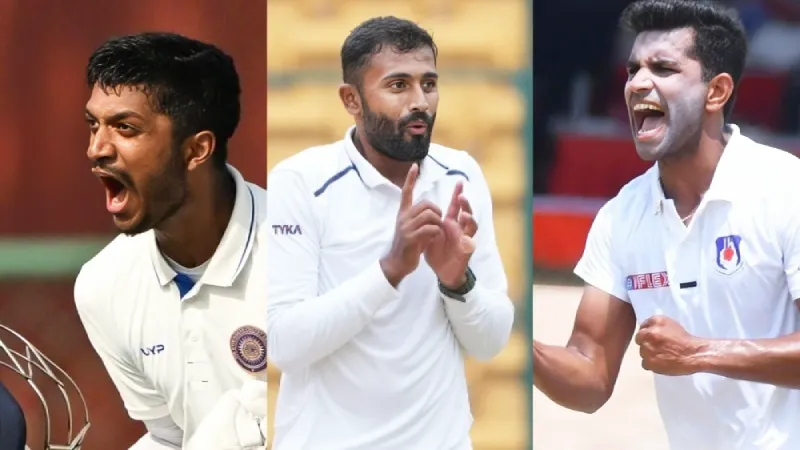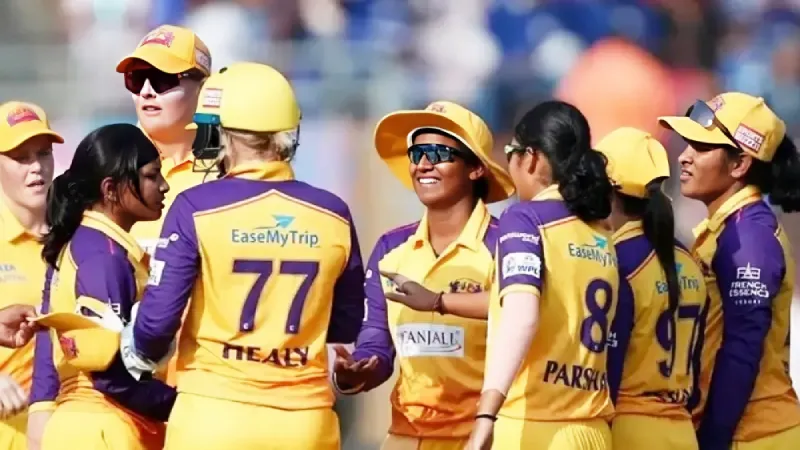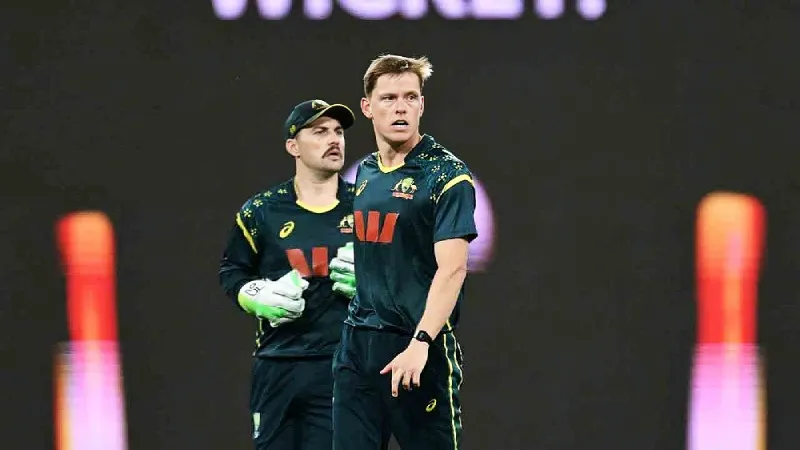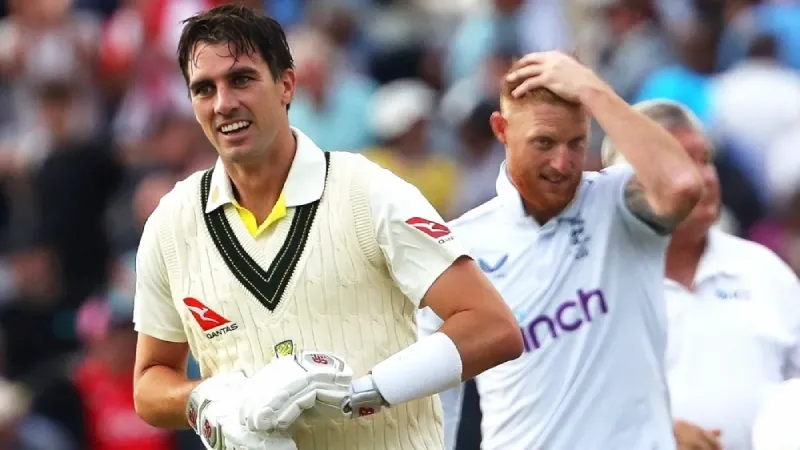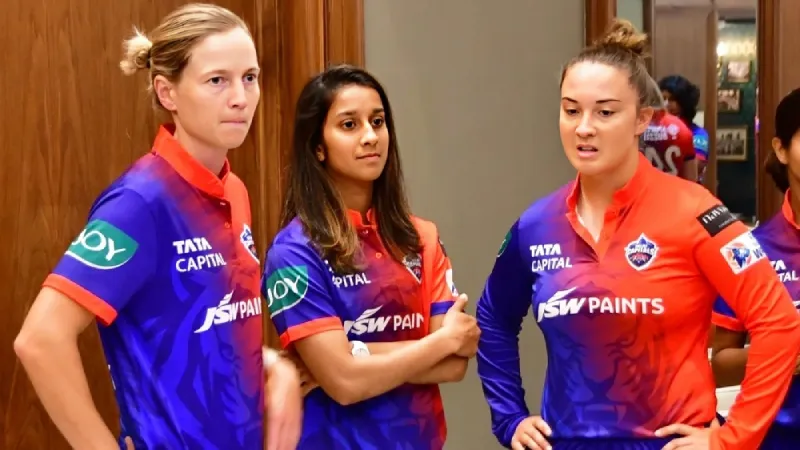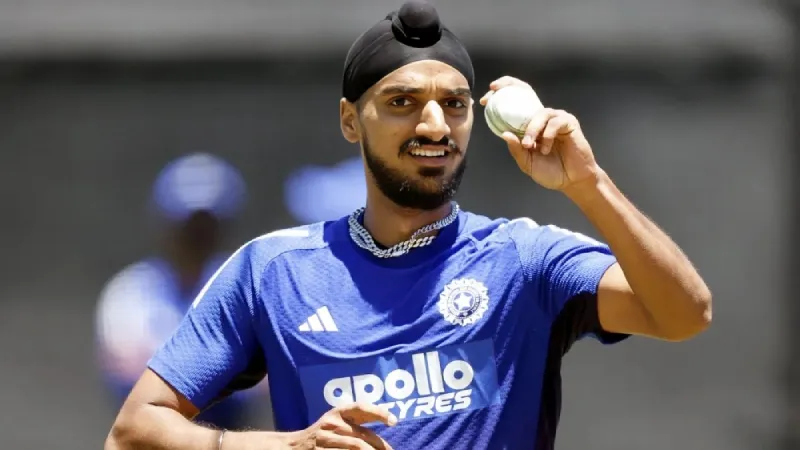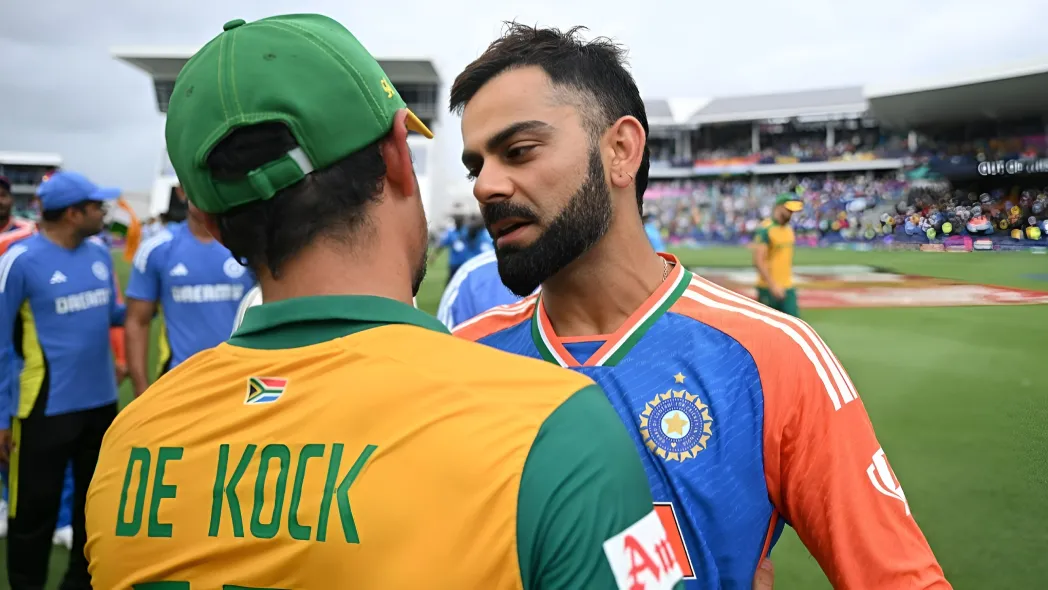The Indian team’s 2–1 T20I win against Australia would normally be something to celebrate; however, as a result of two rainouts, which dampened the excitement, the feeling was that of an awkward handshake after a washed-out contest. Even though India won both games, they left fans questioning their lineup with each victory, because although players such as Abhishek Sharma (who has grown up as a player) and Axar Patel (who is versatile), the Indian team is uncertain as to what their best XI is.
When the series ended at The Gabba, India had bragging rights but not clarity. Who fits where? Is the balance right? Are we backing the right players for the long haul? Beneath the scoreboard, the performance revealed fault lines that could prove costly in the T20 World Cup year.
Sanju Samson’s Puzzle: Talent Without a Chair
Sanju Samson’s international career continues to resemble a game of musical chairs, and the music rarely stops in his favor. Dropped midway through the series, Samson looked uneasy in the middle order, caught between roles. With the top four locked and loaded, his batting position remains a revolving door, leaving both player and team uncertain.
Despite vocal support from Suryakumar Yadav and Gautam Gambhir, India’s actions tell a different story. Samson has the explosiveness, but not the runway. Meanwhile, Jitesh Sharma’s brisk cameo hinted at promise but not permanence. In a side desperate for role clarity, Samson’s underuse feels like a self-inflicted wound.
Shubman Gill’s T20 Identity Crisis
There’s no denying Shubman Gill’s class; his cover drives could feature in a batting museum. But T20 cricket demands more than elegance; it craves tempo. Across the series, Gill looked like a Test opener trapped in a power play. His 36 at The Gabba showed glimpses of rhythm, yet inconsistency shadowed him throughout.
It is beginning to look as if Gill’s spot is a luxury and not an absolute necessity for India’s opening batsmen in T20 cricket, with Yashaswi Jaiswal on hand to replace him. As such, the Indian team will continue to build its short-format batting blueprint around the speedsters, rather than the time-takers. Therefore, it would not be unreasonable for India to rotate Gill into the T20 format, allowing specialist T20 players to get their own share of playing time, which could prove beneficial under the congested International Calendar that India has coming up.
The Hardik-Sized Hole in India’s Balance
If there was one undeniable takeaway from this series, it was how exposed India looked without Hardik Pandya. His absence didn’t just affect team balance; it shredded it. Without him, India were forced into awkward compromises: spin-heavy combinations, under-bowled medium pacers, and batting depth that looked better on paper than in performance.
Axar Patel and Washington Sundar did their part, but none could replicate Hardik’s dual-impact role. Shivam Dube’s two-over cameos and Nitish Kumar Reddy’s absence underlined a harsh truth: India still lacks a second genuine seam-bowling all-rounder. Until that void is filled, every XI will feel like a half-measure.
India’s 2–1 triumph might look tidy on paper, but paper doesn’t play the next World Cup. The team’s structure remains wobbly, with selection indecision and all-rounder dependency at its core. Gill and Samson represent two sides of the same problem, the uncertainty of purpose, while the absence of a Hardik clone continues to haunt the balance sheet.
India’s next step isn’t about adding names, it’s about defining roles. Because in modern T20 cricket, confusion is a luxury no team can afford, not even one that keeps winning.
Key Takeaway
India’s biggest T20 weakness isn’t personnel, it’s purpose.
FAQs
1. What went wrong for Sanju Samson in the T20I series?
He struggled to find form and clarity in the middle order, eventually losing his spot to Jitesh Sharma.
3. Why is Shubman Gill under scrutiny in T20s?
His strike rate and rhythm haven’t matched India’s aggressive top-order blueprint, making his role uncertain.
3. How did Hardik Pandya’s absence affect India?
It left India’s team balance fractured, exposing their overreliance on spin and lack of seam-bowling all-rounders.
Disclaimer: This blog post reflects the author’s personal insights and analysis. Readers are encouraged to consider the perspectives shared and draw their own conclusions.
Step into the world of cricket with JeetBuzz News—where expert opinions, trending Blogs, and behind-the-scenes insights meet all your favorite topics. Stay informed, stay entertained, and never miss the stories shaping the cricketing world—only on JeetBuzz News!





















